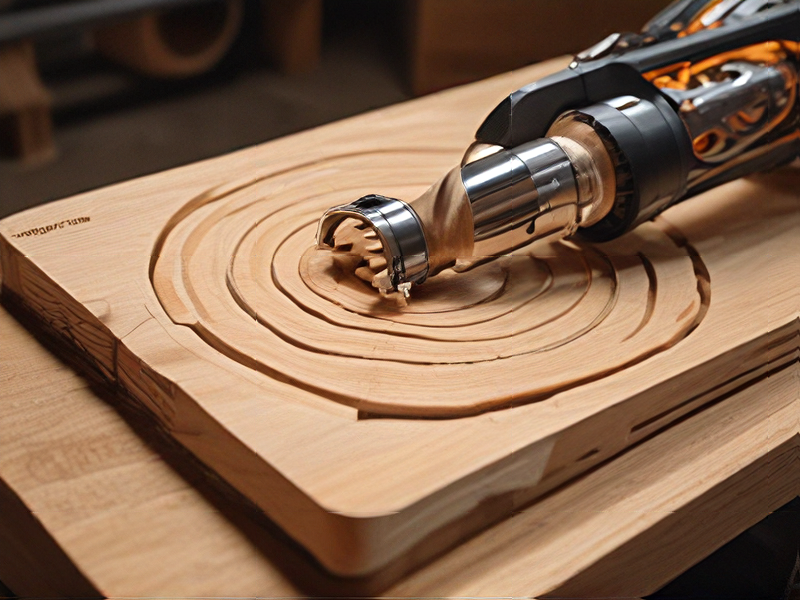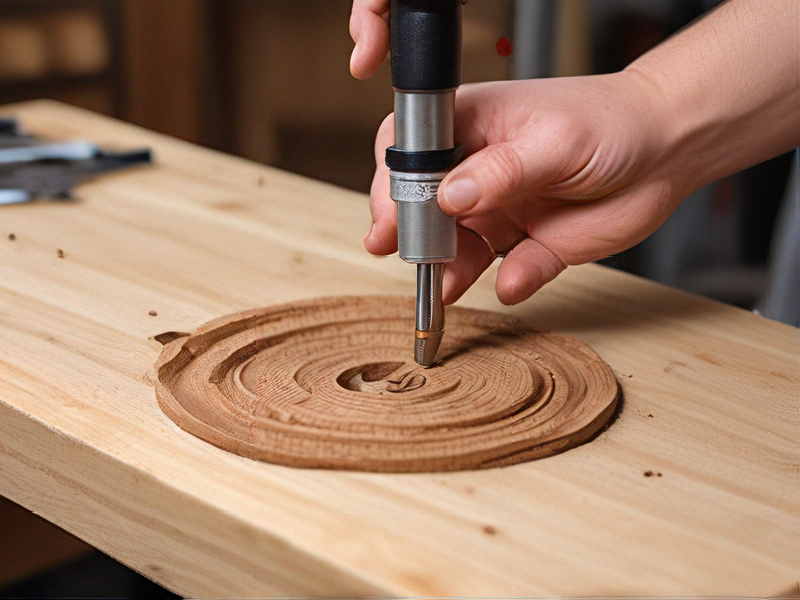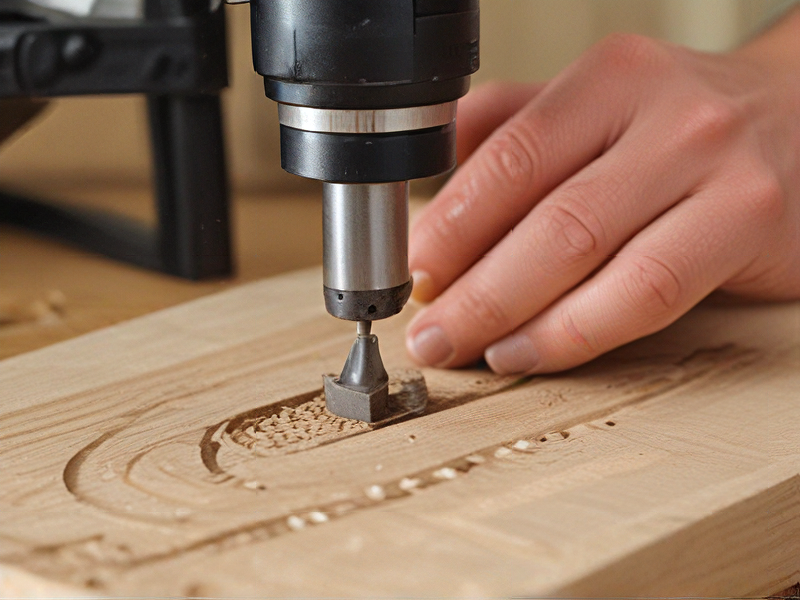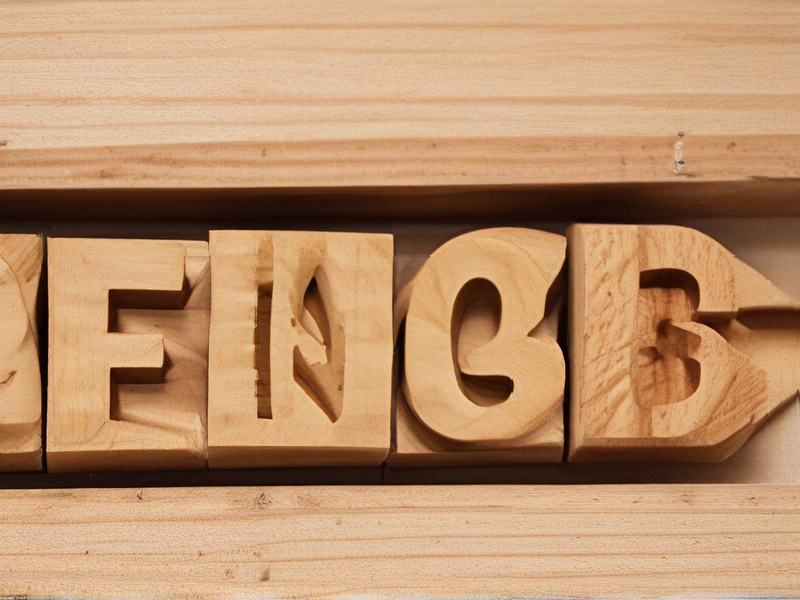Technology and Applications of machine for carving wood
Machines for carving wood have significantly advanced, blending traditional craftsmanship with modern technology to enhance precision, efficiency, and versatility. These machines range from simple hand-held tools to sophisticated CNC (Computer Numerical Control) machines, each with distinct applications and benefits.
CNC Machines
CNC wood carving machines are the pinnacle of modern woodworking technology. They use computer software to control the movement and operation of carving tools, allowing for intricate designs and repeatable precision. These machines are capable of producing complex patterns, detailed textures, and precise cuts that would be difficult to achieve manually. They are widely used in furniture making, cabinetry, and decorative arts. CNC machines can work with various types of wood and are programmable to perform multiple operations, from cutting and drilling to engraving and shaping.
Laser Engraving Machines
Laser engraving machines use a high-powered laser beam to burn designs into the wood surface. They offer unmatched precision and can create highly detailed patterns and images. These machines are commonly used for personalizing items, creating custom signage, and producing intricate artwork. The non-contact nature of laser engraving reduces wear on tools and allows for fine detail without physical pressure on the wood.
3D Printers for Wood Composites
3D printers using wood-based filaments are an emerging technology that allows for additive manufacturing of wood-like structures. These machines combine wood particles with a polymer to create a printable material that mimics the appearance and feel of wood. This technology is ideal for creating custom decorative pieces, prototypes, and components that require the aesthetics of wood without the limitations of traditional carving methods.
Rotary Tools
Rotary tools, such as Dremel, are versatile hand-held devices used for carving, sanding, and polishing wood. They come with various attachments and bits for different tasks, offering flexibility for detailed work and smaller projects. Rotary tools are popular among hobbyists and artisans for their ease of use and adaptability.
Applications
Wood carving machines are used in a variety of fields, including furniture production, artistic sculpture, architectural detailing, and custom manufacturing. They enable the creation of intricate designs, improve production efficiency, and allow for mass customization.
In summary, the technology behind wood carving machines has evolved to include advanced CNC systems, precise laser engravers, innovative 3D printers, and versatile rotary tools, each serving distinct purposes in the realm of woodworking.

Quality Testing Methods for machine for carving wood and how to control quality
Quality testing methods for a wood carving machine typically involve both process controls and product inspections to ensure consistent output:
1. Process Controls:
– Machine Calibration: Regular calibration ensures that the machine operates within specified tolerances, crucial for maintaining accurate cuts and shapes.
– Tool Inspection: Checking and replacing cutting tools regularly prevents defects caused by dull or worn-out tools.
– Speed and Feed Optimization: Adjusting cutting speeds and feed rates optimizes efficiency while minimizing errors like splintering or incomplete cuts.
2. Product Inspections:
– Dimensional Accuracy: Using precision measuring tools such as calipers and rulers to verify that carved dimensions meet design specifications.
– Surface Quality: Visual inspections and touch tests ensure smooth finishes without rough patches or splinters.
– Defect Detection: Thoroughly examining each carved piece for defects like cracks, knots, or inconsistent textures that affect product quality.
3. Control Techniques:
– Statistical Process Control (SPC): Monitoring key process parameters (e.g., cutting speed, tool wear) statistically to detect variations before they impact product quality.
– Checklists and Standard Operating Procedures (SOPs): Implementing checklists for operators and detailed SOPs ensures consistent processes and reduces human error.
– Feedback Loops: Establishing feedback mechanisms where operators report issues promptly, allowing for rapid corrective actions and continuous improvement.
By integrating these methods, manufacturers can effectively control the quality of wood carving machines. Continuous training of operators on quality standards and maintenance procedures also plays a critical role in achieving consistent results.

Tips for Procurement and Considerations when Purchasing from machine for carving wood
When procuring a machine for carving wood, it’s essential to consider several factors to ensure you get a device that meets your needs and offers good value. Here are some tips and considerations:
1. Purpose and Usage: Define the primary use of the machine. Are you looking for a device for hobbyist projects, small business production, or industrial-scale operations? This will determine the type and scale of the machine you need.
2. Material Compatibility: Ensure the machine can handle the types of wood you plan to use. Some machines are better suited for softer woods, while others can handle hardwoods and even composite materials.
3. Precision and Detail: Check the machine’s precision capabilities. For intricate designs and fine details, you’ll need a machine with high precision and fine-tuned control.
4. Software and Compatibility: Look for machines that come with user-friendly software or are compatible with commonly used design software. This ensures a smoother workflow from design to execution.
5. Ease of Use: Consider machines that are easy to set up and operate, especially if you are a beginner. Machines with intuitive interfaces and good customer support can significantly reduce the learning curve.
6. Durability and Build Quality: Evaluate the build quality of the machine. A sturdy and well-built machine will offer better performance and longevity, reducing the need for frequent repairs or replacements.
7. Size and Workspace Requirements: Ensure the machine fits within your available workspace and that it’s suitable for the size of the projects you plan to undertake.
8. Safety Features: Check for safety features such as emergency stop buttons, protective covers, and proper ventilation. Safety should always be a priority when working with machinery.
9. Cost and Warranty: Balance your budget with the features you need. Consider the total cost of ownership, including maintenance and spare parts. Also, look for machines that come with a warranty to protect your investment.
10. Reviews and Recommendations: Research reviews and seek recommendations from other woodworkers or industry professionals. User feedback can provide valuable insights into the machine’s performance and reliability.
By keeping these tips in mind, you can make a well-informed decision when purchasing a wood carving machine, ensuring it meets your needs and provides good value for your investment.

FAQs on Sourcing and Manufacturing from machine for carving wood in China
Certainly! Here are some FAQs on sourcing and manufacturing from a wood carving machine in China:
1. What types of wood carving machines are available in China?
China offers a wide range of wood carving machines, including CNC routers, laser engravers, and traditional carving machines suited for different scales and intricacies of wood carving projects.
2. How can I find reliable suppliers for wood carving machines in China?
Utilize online B2B platforms like Alibaba, Made-in-China, or attend trade fairs such as Canton Fair to connect with reputable suppliers. Verify their credentials, read reviews, and request samples or visit their factories if feasible.
3. What are the typical lead times for ordering wood carving machines from China?
Lead times vary based on machine complexity and customization. Generally, standard models can be delivered within 4-6 weeks, while customized machines may take longer due to design and production requirements.
4. What quality standards should I expect from Chinese manufacturers?
Chinese manufacturers often adhere to international quality standards like ISO 9001. It’s crucial to specify your quality requirements upfront and conduct quality inspections during production and before shipment.
5. How can I ensure intellectual property protection when sourcing from China?
Secure your intellectual property by registering patents, trademarks, or copyrights in China and your home country. Sign robust contracts with suppliers that include confidentiality clauses and IP protection provisions.
6. What are the payment terms typically used with Chinese suppliers?
Payment terms often include a deposit (30-50%) upfront, with the balance due upon completion or before shipment. Consider using secure payment methods and draft clear contracts to mitigate risks.
7. Are there any regulatory considerations for importing wood carving machines from China?
Ensure compliance with import regulations, including safety certifications (CE, UL, etc.), customs duties, and environmental standards applicable in your country.
Navigating the sourcing and manufacturing process in China requires thorough research, clear communication, and diligent quality control measures to ensure successful procurement of wood carving machines.

